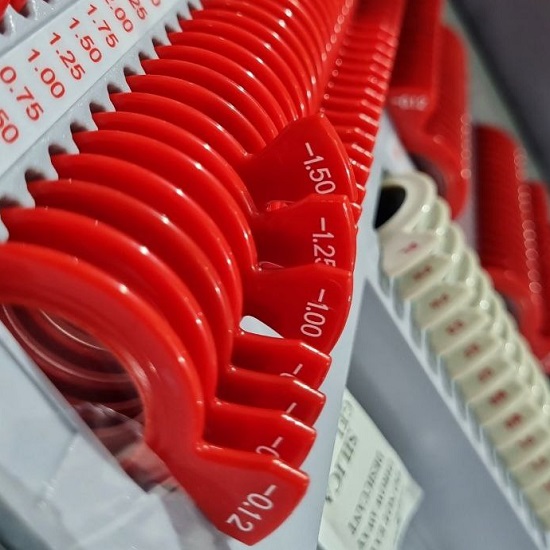Seven-year experience in a low vision rehabilitation clinic at a tertiary referral center
Medical hypothesis, discovery & innovation in optometry,
Vol. 3 No. 4 (2022),
14 January 2023
,
Page 128-135
https://doi.org/10.51329/mehdioptometry161
Abstract
Background: Low vision is a major public health concern worldwide. This study was aimed at describing the characteristics of patients who had visited a low-vision rehabilitation clinic.Methods: In this retrospective study, we reviewed the medical records of patients with low vision attending a low-vision rehabilitation clinic at a tertiary referral center over 7 years. Inclusion criteria were a diagnosis of vision impairment and availability of complete records. We extracted the following data from each record: age, sex, education level, employment status, chief complaints concerning vision, associated ocular diseases, uncorrected distance and near visual acuities, best-corrected distance and near visual acuities, statuses of previous and current prescribed optical devices, and cooperation status of patients during the optometric examination.
Results: We enrolled a total of 567 patients, including 338 (59.6%) men and 229 (40.4%) women, with a mean (standard deviation) age of 40.46 (28.34) years. Most (98.4%) participants were cooperative, with a high rate of unemployment (90.5%) and low education level. Half (49.2%) of the patients had moderate visual impairment. Retinal pathologies, mainly congenital (28.4%), and age-related macular degeneration (ARMD; 26.5%) were common causes of low vision. Difficulty in reading was the most frequent complaint (22.9%), and a combination of difficulties in reading, writing, and facial recognition was recorded in 54.7% of the patients. Other functional complaints were reported by at least 5% of the patients. Our multivariate logistic regression analysis revealed that the likelihood of difficulties in performing in-house activities, reading, facial recognition and social interaction, and driving increased per 10-year increment in age, with odds ratios of 1.39, 1.31, 1.24, and 1.22, respectively (all P < 0.05). The likelihood of reporting three complaints (reading, writing, and facial recognition together) increased per 0.1-logarithm of the minimum angle of resolution increment in the best-corrected distance visual acuity of the better eye, with an odds ratio of 2.05 (P < 0.05). In addition, men were more likely to experience difficulties in driving and reading, while women were more likely to experience difficulties in facial recognition and social interaction or in-house activities (all P < 0.05). Optical devices for distance or near vision were prescribed to most patients.
Conclusions: Most patients were men and unemployed. The most common category of low vision was moderate impairment. Retinal conditions, mainly congenital ones and ARMD, were the most frequent causes. A combination of difficulties in reading, writing, and facial recognition was the most common complaint. Optometrists should address these findings during rehabilitation therapy to treat patients with low vision.
Keywords:
- low vision
- tertiary referral center
- visual aids
- visual disorders
- patient cooperation
- outpatient
- age distributions
- legal blindness
- optometry

- Abstract Viewed: 0 times
- Full Text PDF Downloaded: 0 times